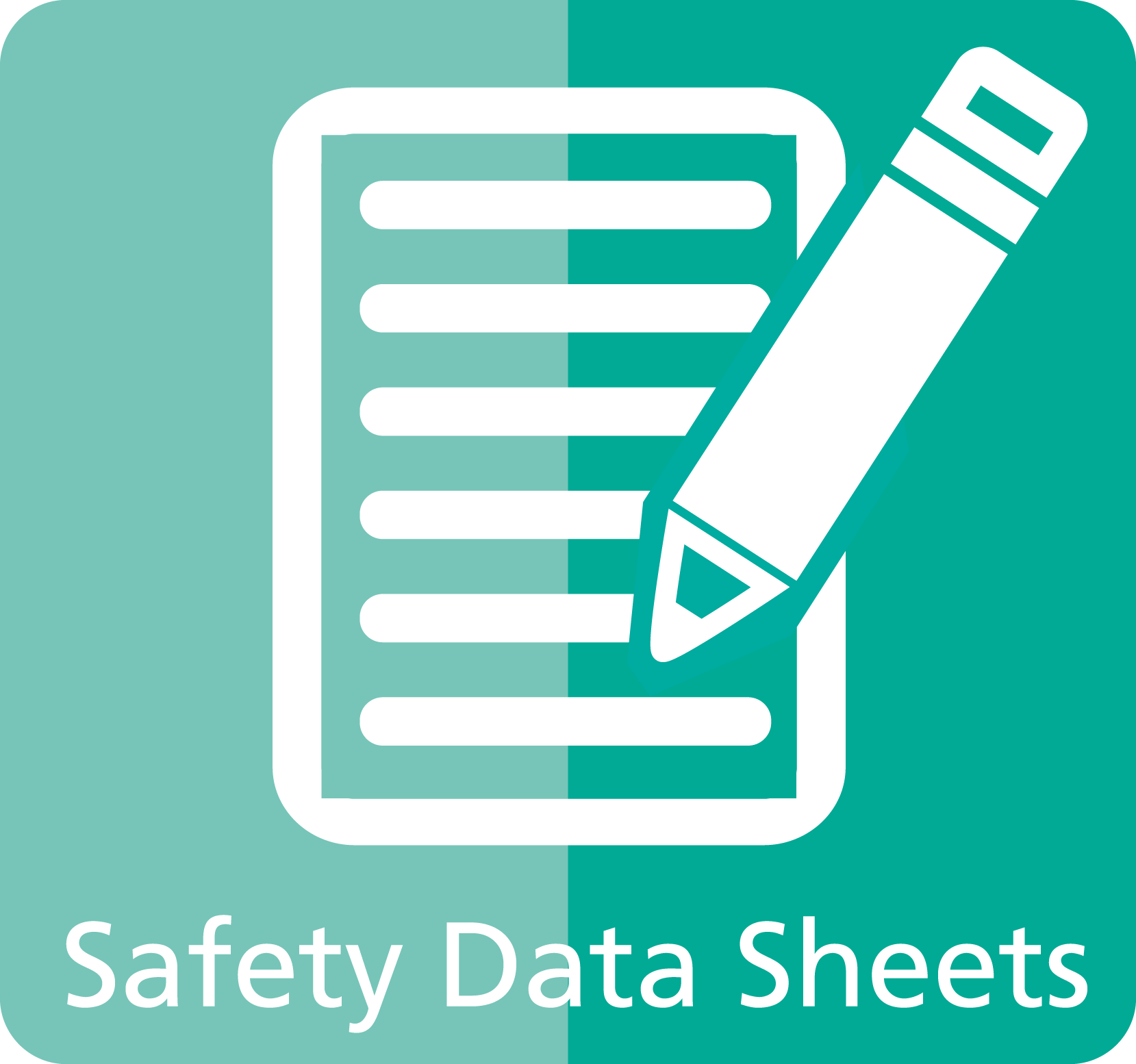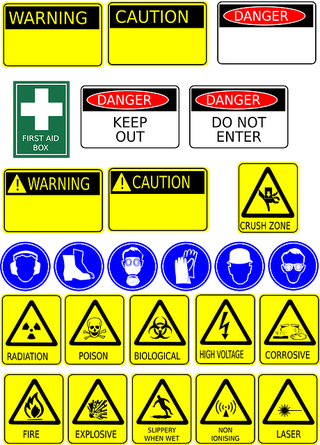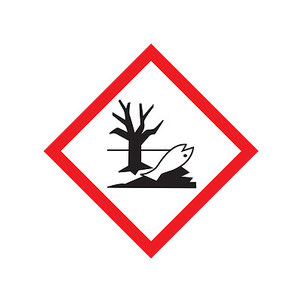
Safety Data Sheets Online
Safety Data Sheets (SDS), previously Material Safety Data Sheets (MSDS), contain crucial data to protect human health and the environment from hazardous substances.

Safety Data Sheets (SDS), previously Material Safety Data Sheets (MSDS), contain crucial data to protect human health and the environment from hazardous substances.
Information might include:
Enviropass is here to help you:
An SDS is a simple document, but constructing an effective one requires significant effort. If you’d like to know how to put one together, you can request a free online consultation about SDS management!


A safety data sheet (SDS) is a document that gives information about the hazards and safety precautions of a product (PSDS), a chemical, a mixture, or a material (MSDS). An SDS might be an internal document, or perhaps it will ship with products as part of the required consumer documentation. Here are some examples of situations where an SDS might be appropriate:
According to the Globally Harmonized System of Classification and Labelling of Chemicals, an SDS typically contains 16 sections and covers the following information:

1. Identification of the producer and the material’s name (brand name, scientific name);
2. Determination of the hazards, including the label(s);
3. Declarable ingredients, especially those that are known to be hazardous (e. g. carcinogen, toxic, etc.); This section is relevant when it comes to finding out the presence of substances under the RoHS, REACH, Biocidal Products (BPR), or California Prop. 65 regulations.
4 to 6. First-aid, Firefighting, and accidental release;
7. Safe handling and storage;
8. Exposure controls, including personal protective equipment (PPE);
9. Physical and chemical properties of the material, like the color, the odor, the solubility, etc.;
10. Stability and reactivity of the material;
11. Toxicity and toxicological effects;
12. Ecotoxicity, such as the bioaccumulative potential and the biodegradability;
13. Disposal and waste treatment;
14. Transportation, with UN number, transport hazard, precautions, etc.;
15. Regulatory information, which depends on the targeted market; For example, a European SDS will provide REACH information while a Californian SDS will list Proposition 65 declarable substances;
16. Other relevant information, such as the date of the latest revision of the SDS; Indeed, an SDS is not a static document. It has to be regularly updated, for instance, to stay compliant with the regulatory amendments.
Ready to know more about product SDS? Contact Enviropass today and speak to one of our experts!